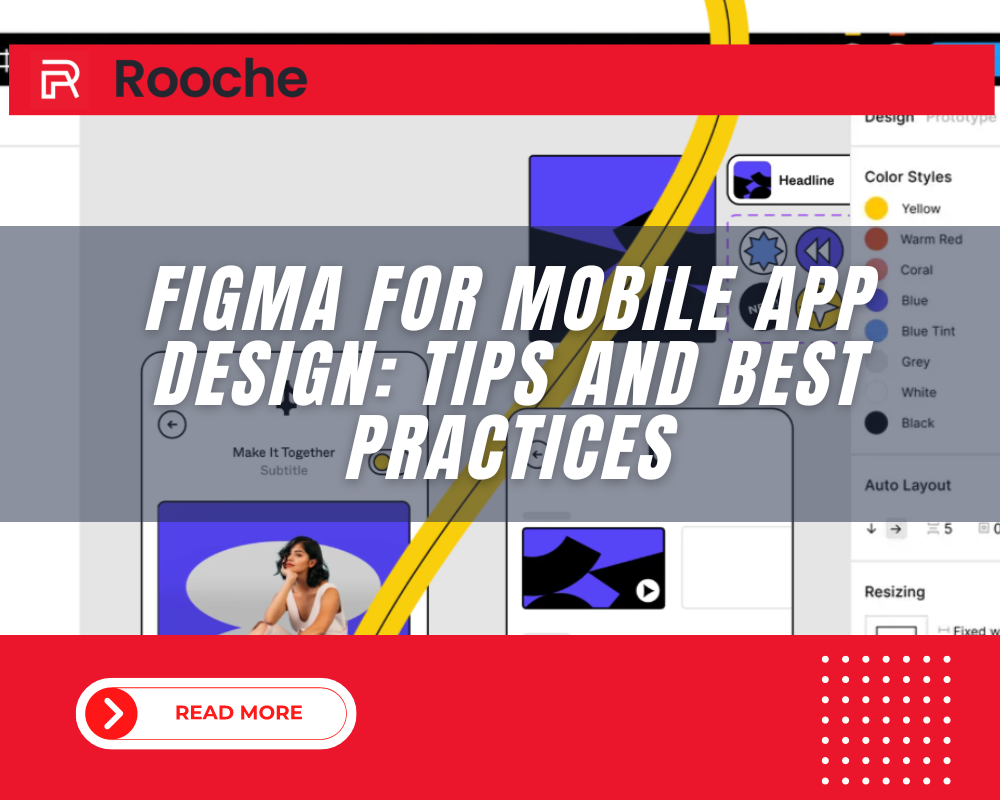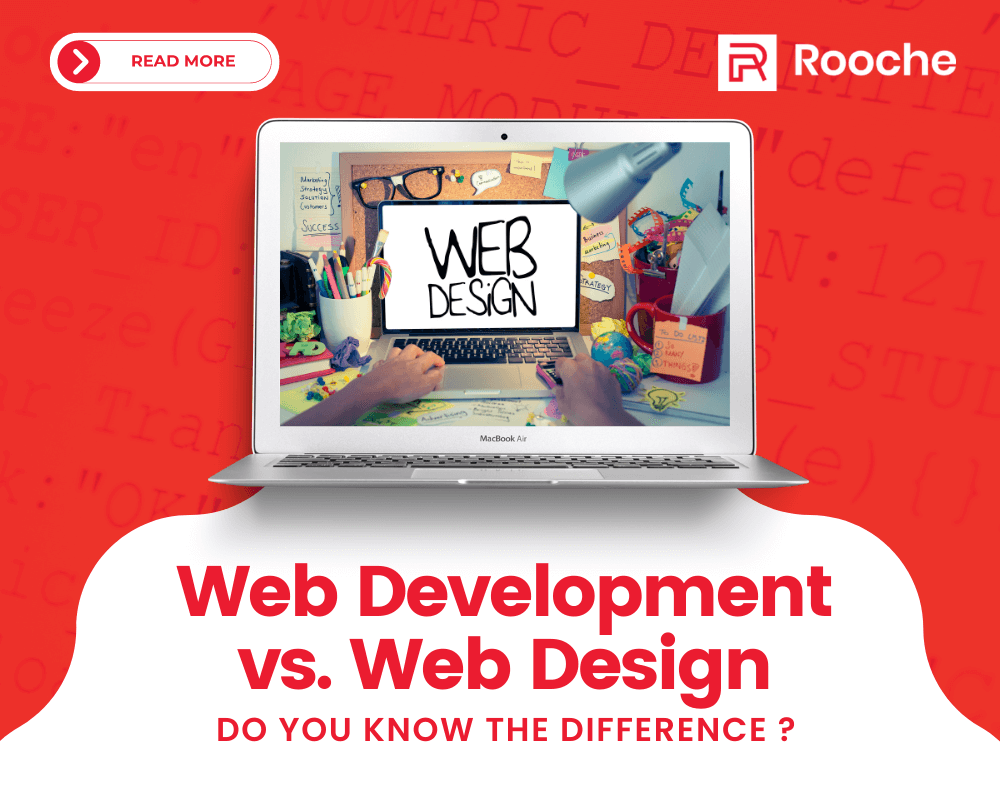Top Framework for Mobile App Development
What is Mobile App Framework? A mobile app framework is a foundation for any mobile application. It’s a set of […]
Dec 8, 2022
Apr 15, 2023

Have you ever been curious about Figma for mobile app design? If so, then this article is perfect for you! Here we will explore the tips and best practices of using Figma to design your mobile apps. We’ll also look at why it’s such a popular tool and all the features that make it stand out from its competitors. So, if you’re ready to dive into the world of Figma, let’s get started!
Mobile app design has become an increasingly important part of our lives, with more and more people relying on their phones for everyday tasks. This means that designing an app correctly is absolutely essential if you want to create a successful product.
Figma is quickly becoming one of the most popular tools for mobile app design due to its powerful features and intuitive user interface. In this article, we’ll go over the best practices when it comes to using Figma for your mobile app designs and share some top tips on how to get the most out of the platform. So, if you’re looking for a comprehensive guide on how to use Figma for your mobile apps, then this article is perfect for you!
Figma is a powerful tool for designing mobile apps. It enables designers to create high-quality prototypes quickly and with ease. With its intuitive platform, it’s easy to get started creating your own app designs. Plus, there are a ton of features available to make the process even smoother.
Figma makes it easy to collaborate on projects in real-time with other designers as well. This helps to ensure that everyone involved is up to date on the latest changes and feedback. And, with Figma’s built-in library of components, you can easily create reusable elements for your design workflows. All in all, Figma is an ideal choice for anyone looking to create beautiful mobile app designs. Now let’s look at how we can plan our mobile app design using Figma.
Armed with the knowledge of how to use Figma for mobile app design, it’s time to plan out your project. Here are some essential tips and best practices for using Figma to create a successful mobile app design:
These tips will help you lay down the foundation for a successful mobile app design with Figma. Now it’s time to start creating the actual UI designs!
When it comes to creating mobile app UI designs in Figma, there are several tips and best practices to keep in mind. Firstly, it is important to think about how users will interact with the design. Make sure that all components are sized correctly and spaced properly so that users can easily find and use them. Additionally, consider the layout of the design and how each element relates to one another. This includes ensuring that items have clear labels or instructions so users can quickly understand what they need to do.
It is also essential to leverage Figma’s vast library of resources when designing mobile app UIs. Here, you can find a variety of templates, icons, and illustrations that can be used to make the design more user-friendly and visually appealing.
By utilizing these tools, designers can save time while still creating a professional-looking product. With this information in mind, designers can create engaging mobile app UI designs quickly and efficiently in Figma. Transitioning into the next section then, we will discuss designing mobile app prototypes in Figma.
Now that you’ve created a great mobile app UI design in Figma, you’re ready to start prototyping. Prototyping is the process of creating a functioning version of your design that allows users to interact with it and experience what the app will be like. Figma provides powerful tools for prototyping, making it an ideal platform for designing mobile apps.
Creating a prototype in Figma is easy. You can connect different elements of your design to create interactive experiences and animate them to bring your vision to life. With Figma, you can set transitions and make changes on the fly as you work on refining your prototype.
You can even upload videos or images directly into your prototype to add context and realism. And when you’re finished, you can share links with stakeholders so they can test out the prototype and provide feedback before development begins.
Figma’s mobile app design features make it an ideal tool for collaboration with developers. By utilizing its components, frames, and unique layers feature, designers can easily communicate their ideas to developers in a visual format that is easy to understand.
Components are especially useful for this purpose as they allow designers to quickly create custom user interface elements that can be shared and reused across projects. Frames are also helpful because they provide a more comprehensive view of the project and serve as an easy reference point for developers when implementing the design.
And finally, the layers feature allows designers to control how each element interacts with one another which makes it easier for developers to see exactly how a design should behave. All these features make Figma an invaluable tool for collaborating with developers on mobile app designs.
In conclusion, Figma is an invaluable tool for designing mobile app experiences. It makes it easy to plan out your design, create stunning UIs, and collaborate with developers. When used correctly, Figma can save you time and money during the mobile app development process.
Using Figma’s powerful features allows designers to quickly create prototypes they can test with users. This allows them to make sure the product meets the users’ needs before investing too much time or money into development. And because everything is in one place with Figma, collaborating with developers becomes incredibly simple.
Overall, Figma has revolutionized mobile app design by making it easier and faster than ever before. With its extensive feature set and intuitive interface, there’s no doubt that designers everywhere will continue to rely on it for their projects.

What is Mobile App Framework? A mobile app framework is a foundation for any mobile application. It’s a set of […]
Dec 8, 2022

In the ever-evolving digital landscape, web design trends play a crucial role in shaping user experiences, engagement, and overall success […]
Aug 7, 2023

Many people confuse web development and website design. However, they refer to two distinct stages of the website development process. […]
Dec 8, 2022
Join our newsletter and be the first to receive future promo and sale updates from Rooche!